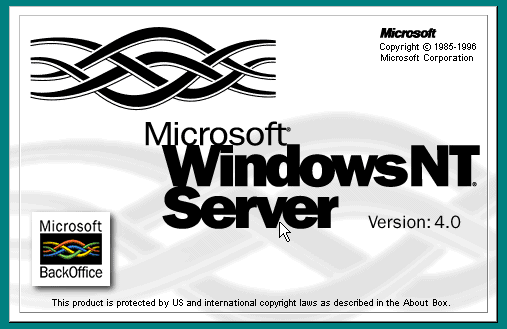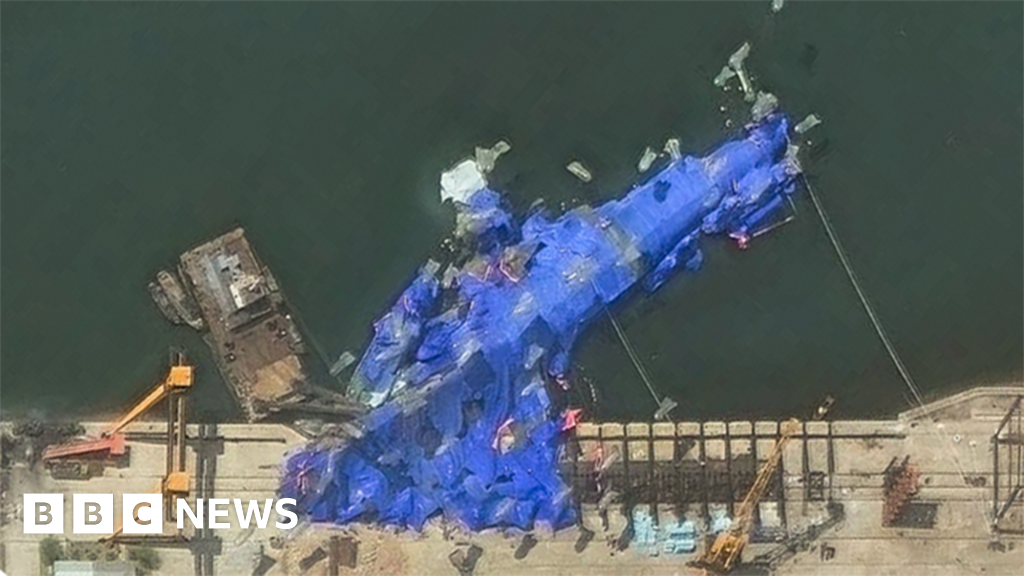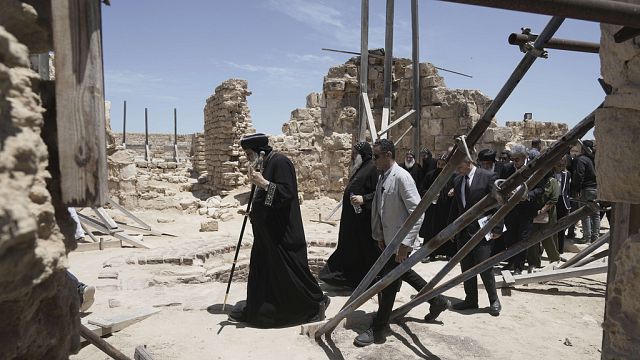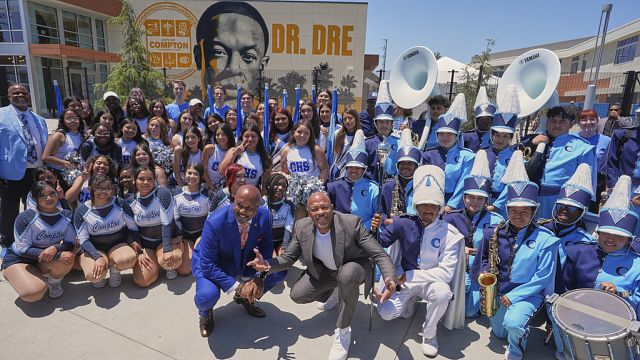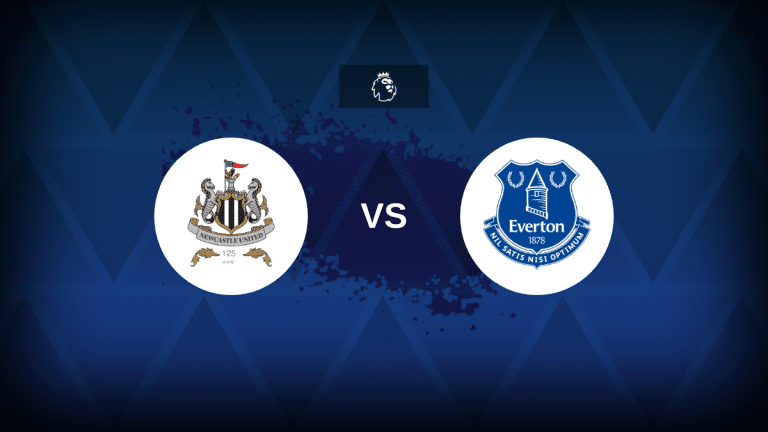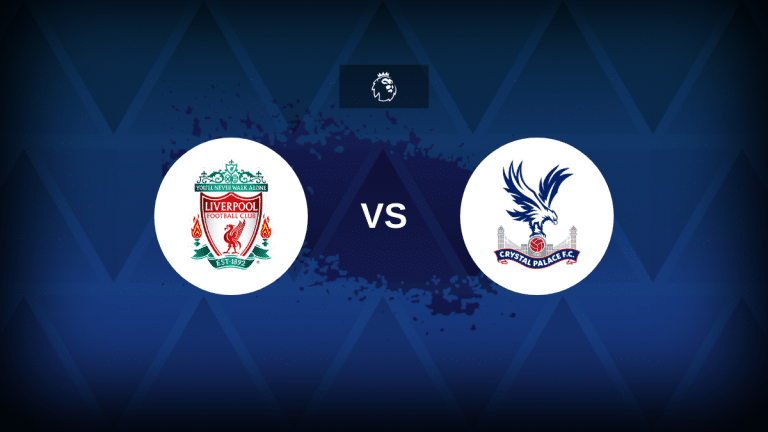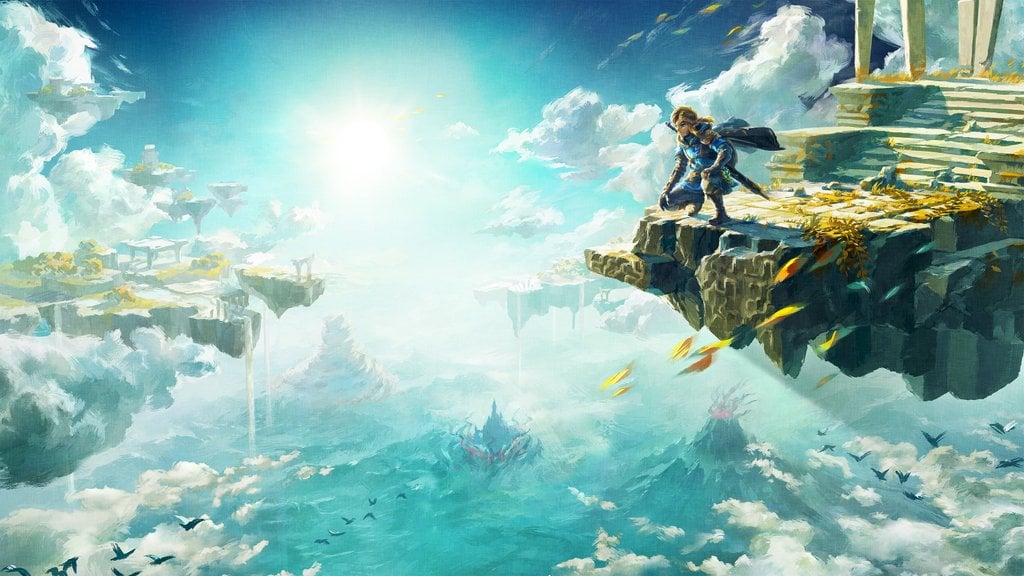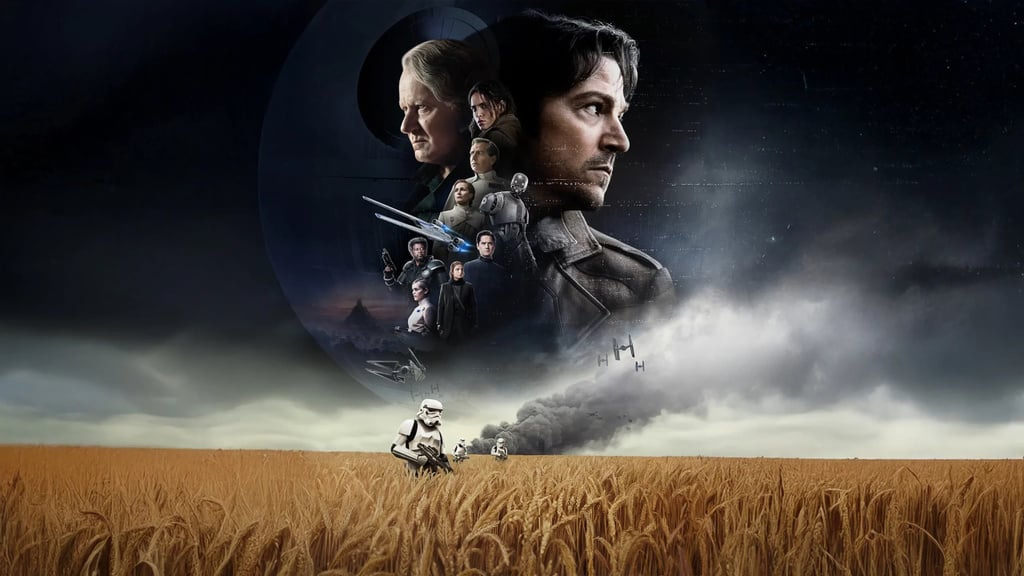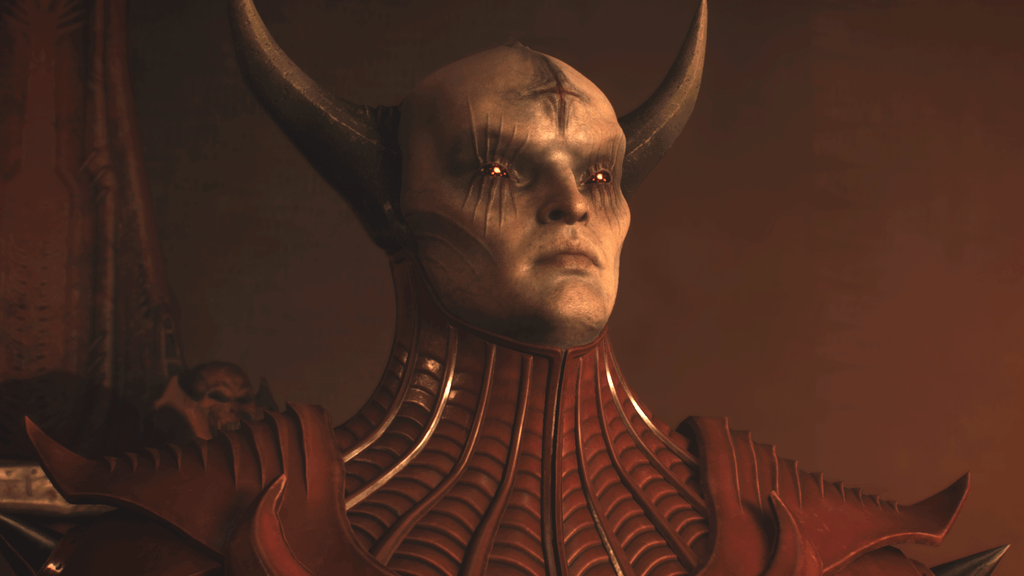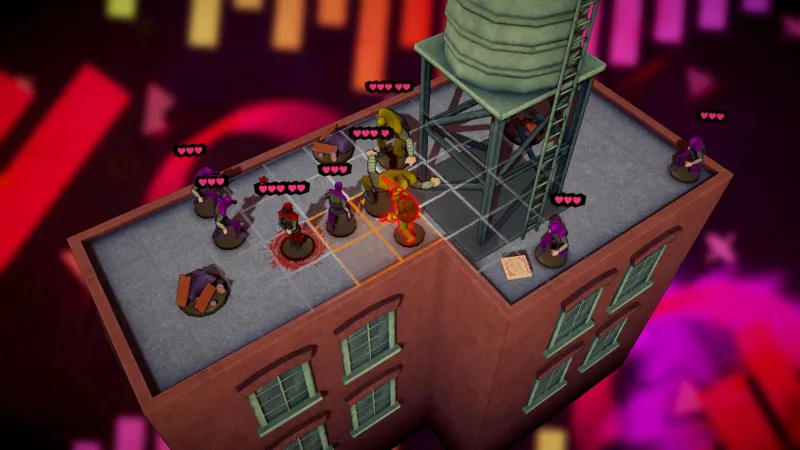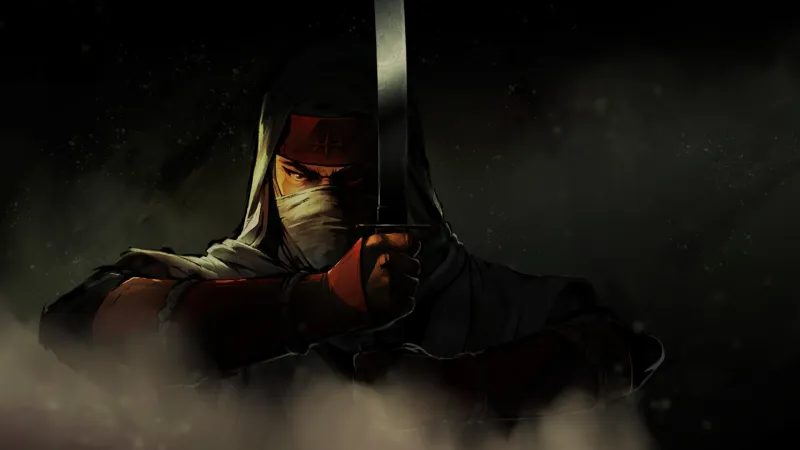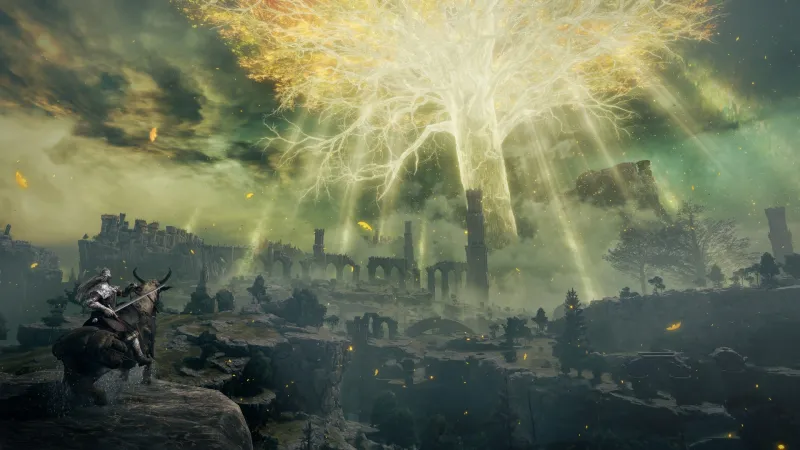Why old games never die, but new ones do

Why old games never die (but new ones do)
It’s well known that video games today are disposable pieces of slop. Modern multiplayer games tend to fall into one of two categories: they’re abandoned after a while and the servers are pulled (sometimes comically fast, like with Concord), while other games are endlessly changing “live service” games where they get endless updates and free content at the expense of having microtransactions in all their predatory varieties. Just like how arcade gaming died in favor of “redemption games” that act as gambling for kids minus the regulations of casinos, video games have fallen victim to endless microtransactions and FOMO events designed to keep people coming back to play for another week or so. They’re designed to maximize money at the expense of the core experience.
Many new games come and go, and oftentimes nowadays the servers are pulled leaving the games unplayable or crippled. Most notably, this has led to a “stop killing games” campaign in the EU and other countries; where people get tired of buying games only for them to be unplayable when the developer yanks the servers leaving no way to play this game anymore.
Yet, old games seem to last forever. Case in point: Epic’s other game. Epic Games these days is best known for Fortnite and the controversial (due to bloat) Unreal Engine 5. But in the late 90s and 00s, they were known for another game franchise: Unreal Tournament. Unreal Tournament was a huge game at the time, yet it’s been pulled off stores, had the original master list shutdown, and abandoned so hard that Epic literally told a fansite who they entrusted the source code with that “yeah you can make a downloader for UT, just don’t host the files and download them from IA“. Epic would even link the game download from the official site giving it an unofficial nod of approval. The end result? Far more people are playing UT99 than in the past as you just need to download it there and play it.

An even more dramatic example is Counter-Strike 1.6. Despite two major sequels that people cared about (Source and GO/2) and the latter being a F2P game with a thriving market that’s become somewhat of a meme (with gambling/crate opening sites and all linked to it), 1.6 still has a huge, thriving community. Every day, it still has around 10k players a day playing a FPS from the early 2000s (and this isn’t counting cracked copies for a game that’s $10 on Steam, boosting the number higher). While FPSes branded as “boomer shooters” (along with genres from that time like immersive sims, movement shooters, etc.) might come and go in vogue especially with indie devs, CS 1.6 has never died period. It will be played until the heat death of the universe.
There are many reasons these old games never die, and I’m going to explain why.
They work on literally anything
Back in the 80s and 90s with home computers (C64, Amiga, ZX Spectrum, PC-8801, MSX, etc.) and other proprietary computers that were handled in a similar way (Macs, PC-98s, etc.), there was one thing you had to do to make sure that anyone and everyone could run your game. You had to make sure it would run on the biggest shitbox around or the “base specs” of said computer line. I’m talking stuff like the normal C64 and not the C128, the Amiga 500 and other OCS models (and not the AGA-based 1200), the PC-8801mkIISR, the PC-9801VM, etc.
Sure, you could have your game take advantage of the better hardware if it existed, but much of your audience was going to be some broke nerd or kid who had only the crummiest model and parents telling him “We already have this at home”. Eventually, the PC clone market would dominate these computers with the power of sheer brute force. The PC might not have a custom chipset tightly bound to the hardware like with the Amiga, but if you slapped in a motherboard with a fast CPU and a fast VGA card, you could do some really cool stuff on the PC. Eventually the rise of DOOM and later Quake would really stand out as “killer apps” on the PC as other computers just couldn’t handle these new games (or didn’t have them ported).
When the 2000s rolled around, several things happened. The first is that more and more new cutting-edge games required you to buy a better GPU. The second thing is more interesting; PCs became cheaper and cheaper and the home computer would be replaced with a low-end PC in the role of “cheap home computer for the masses”. A Dell catalog shows this very well, in 2003 for less than the price of an Amiga 500 “back in the day” you could get a Dell Dimension 2400 with a P4 based Celeron, onboard Intel Graphics, 128MB of RAM, and a 40GB 5400RPM HDD. For a small extra fee you could even get a monitor with it, but my parents didn’t when they ordered theirs to save a buck and reuse their old monitor. I think a lot of people in the USA grew up with these infamous black and grey Dell computers, like how the previous generation grew up with home computers.

The problem is, the Intel GPU was comically bad and probably as fast as an ATI Rage or something. It wasn’t designed for doing anything aside from the most basic of basic 3d, word processing, and e-mail. Naturally, this meant that only two kinds of games would run on it. The first were casual games designed for low-end GPUs to begin with, as the developers knew their audience didn’t want to buy a new GPU to play some PopCap game, a CSI TV show tie-in game, or The Sims/SimCity. While The Sims 2 required a GPU with hardware T&L, many people were probably content playing it on Intel graphics back in the day at 15-20fps:
Of course, if you wanted to run 3d games, you could install more RAM and buy a PCI GPU (and only a PCI GPU, the 2400 lacked AGP!). But there were many people who as kids, played games on this exact hardware. Many 2000 era games were still playable on these GPUs, from Deus Ex to RTCW to UT99, especially if you turned down the resolution option. I still remember how bummed out I was getting Lego Star Wars only to get an error about how it needed Pixel Shaders…
With modern integrated GPUs being vastly more powerful than the crummy Intel Extreme Graphics of the 2000s, they might not be good enough to run new AAA games like the latest Call of Duty but they can easily run older games just perfectly fine. Older games were made to push some GeForce FX 5800 GPU or similar ATI GPU of the era; now the onboard laptop GPU in whatever the cheap Wal-Mart special is can destroy it in performance for every game. Even a mid-range $100 GPU from 2009 can get beaten by an Intel laptop GPU from 5 years ago in 3DMark Vantage! You can even run DOOM 3 just fine on an Oculus Quest VR headset, and when that game was new it needed a high-end GPU. So naturally, old games will continue to be viable due to the fact that cheap hardware still will be unable to run the latest games with the exception of indie games and well-optimized games written for low-spec PCs deliberately.
With high GPU prices, tariff scares all the time, and PC hardware inevitably going to rise in cost for any excuse possible, high-end PC gaming might as well be in the realm of rich whales who can afford all those parts. It’s even worse in poorer countries or sanctioned countries, where even if you can buy the hardware good luck making the money to afford it without a sugar daddy when your hilariously devalued currency’s minimum wage is per day, and when using a package forwarder is cheaper than looking on your local marketplace site.
So naturally, old games are going to stay around because CS 1.6 for example can run on literally anything with a keyboard, mouse, and monitor. But that’s not the only reason these old games stay around…
Server Hosting and LAN play (you control the game)
One of the reasons that games like Minecraft, CS 1.6, or UT99 have stayed around for so long has to do with the ability to host your own server. This is a freedom that was stripped away when PC games began to use matchmaking lobbies. Now you can probably already guess why this happened, and much of it has to do with piracy. Game developers stripped out LAN support and server hosting because in the late-2000s, PC game devs were scared about piracy. A post from FourZeroTwo at Infinity Ward lamented this, by talking about how there were “disturbing” numbers of people who didn’t pay for the game. The “fix” was to force matchmaking on MW2 PC. While this led to protests and mods for these games that allowed custom server hosting, these were frequently shut down by Activision due to…you guessed it, piracy! The latest shutdown of xlabs (which was speculated to be a mix of offering download links to games and having a Patreon for the licensing dumpster fire of the BOIII client) led directly to a different group making CoD clients to require a Steam account check to ensure you bought the game.
Yet, the fact that there are these mods is a testament to exactly what PC gamers lost. PC gamers had the ability to run their own servers and their own community, with their own rules taken away. With custom servers, you are not beholden to the whims of whatever the game publishers and devs want. You can load your own mods, you can host lobbies with your own custom game rules and moderation, and of course you can ban that guy using an aimbot that managed to get past the anti-cheat (if it exists). Or in the case of UT99, you can even custom load your own anti-cheat.
Another happy side effect of games having basic server lists comes down to the fact that if they go down, you can easily host just the server list and not have to reverse engineer the backend architecture of the game. This already happened notably with the great GameSpy shutdown, in which mountains of games lost online connectivity due to GameSpy being bought out and the new owners pulling the plug. This meant that you only had to modify the exe or an ini file to allow the game to connect to a new list, such as OpenSpy.
LAN play is another fallback as well; and this notably was what the Original Xbox community used from the time period ranging from the shutdown of the Original Xbox servers, to Insignia popping up. In fact; there are many games that still don’t work on Insignia (or which never had online, like Halo 1) that can still be played on Xlink Kai due to the LAN mode existing. This was also used on the PC for many shutdown or pirated games, and stuff like GameRanger or Tunngle is popular for this purpose. Of course; this also had to go due to piracy, and many people who wanted to play games at LAN parties were not happy about this.
Some developers like EA had compromises: you could pay to rent a server for Battlefield games until Battlefield V. You can’t have access to the game files of course and it’s all done through providers they approve or directly from the game menus (with consoles), but you can still play these games online with player hosted servers with communities they form and their own rules. This is why Battlefield stayed relevant on the PC for longer than CoD did. Yet as Black Ops 1 on the PC showed, this only lasts as long as server hosting companies or the publisher let you host it. The second the last person stops paying his GameServers bill, it’s over (unless you download Plutonium).
Modding support
Another thing that has gone out the window is mod support. Most of this has to do with selling DLC packs, while in the case of Battlefield Bad Company 2 this had to do “officially” with the Frostbite engine having horrible quality editors that needed a special setup at EA to use and couldn’t exactly be released to the public without a lot of code cleanup. While this might have been an excuse, stories about Anthem and Mass Effect Andromeda by Kotaku both talked about how even within EA, developing for the Frostbite engine was a disaster and going in detail about how much they had to modify the engine just to make the game work.
But here’s the thing with mod support: aside from a few developers who are either supportive or passive about it; games usually lack mods these days. I’m not talking about stuff like “some tweak tool to fix a buggy game” or simple graphical swaps, I’m talking about the stuff you’d see with older games like full on total conversions, custom maps, custom game modes, and more. It seems like for any big-name game, this has faded away. For older games, this was the standard. For modern games, you’re lucky to even get modding tools. There are of course some high-profile exceptions, like the PC version of the Halo MCC having Sapien/Guerilla for all of the Halo titles (yet you cannot play these custom levels with the custom game browser), and pretty much any game with Steam Workshop support. Yet, it’s a far cry from what PC gaming used to be like. It’s very common to find a game that used to be big having mod tools; and its sequel having nothing of this sort. STALKER 2 might have tweaks and stuff on ModNexus, but the original STALKER trilogy on the X-Ray engine has tons of total conversions on moddb along with “improved” versions of the engine for modders.
Or even Call of Duty. Call of Duty used to have tons of mods up until World at War (thanks to letting gamers use Radiant), and World at War had for the longest time a dedicated custom zombie map scene. The scene isn’t as active as it once was…because Black Ops 3 broke from the “new normal” and also featured a way to make custom MP mods. The results speak for themselves, people still play Black Ops 3 solely because you can get tons of custom zombie maps for it with new ones coming out all the time. As the game acts as a custom zombie map sandbox, Black Ops 3 is the second most played CoD title on Steam, and the largest “standalone” CoD title on Steam (as the largest title is a singular app that combines all the newer CoDs and the F2P Warzone mode into one game).

This isn’t taking into account certain developers absolutely hostile towards the modding community, like Nintendo. Nintendo is so notorious that by the late-2010s, it was a common joke that the minute Kotaku covered a mod/romhack of a Nintendo game it would get a C&D from Nintendo the next day, and Twitter replies would call them out for “snitching” or ruining it.
Dedicated Playerbases
The most important thing that keeps old games alive however, is a dedicated playerbase. Older games were good enough to keep people organically hooked for years, without tricks from the casino playbook like SBMM or FOMO microtransactions. These games built up a community, because they were just damn good. Even as newer games came out; people would continue to play the older ones due to the fact that they were hooked on these games and good at them.
This is why a game from the 90s or early 2000s still has players. There are sometimes newer players joining in to see what the buzz is about, but a lot of people on games like CS 1.6 have played them for years and years. In some lobbies, you will likely be destroyed not by some guy who bought the gun from the item shop, but by some guy who has muscle memory when aiming the AWP.
Yet, this also happens for other reasons. Servers and mods allowed communities to stick around. A game with 50-100 people online is alive when you can click a server to join, at numbers this low a matchmaking queue will choke because it was coded to work with tens to hundreds of thousands of players online, not 50 people online. Even if it was just “host your own game” like with console games before matchmaking took over completely (such as early XBL games with “quick match” and “optimatch”) or other games with only player hosted lobbies like RTS games, you don’t need to fight the broken matchmaking system to play online.
But most importantly, these games were good enough to gain a cult following. Bringing back a dead online game from the grave isn’t a matter of finding some lost media from an eBay listing or some guy who has it on a forgotten external drive or old computer. It’s about having to reverse engineer the code, sometimes with just the client and zero packet dumps. It’s a lot of effort to recreate a game that requires an online server with zero packet dumps that nobody cares about, and it’s why you can’t play something like Battleborn or Lawbreakers online anymore, meanwhile Fortnite has something like EZFN for old Fortnite seasons. The same applies with RuneScape private servers, Phantasy Star Online/Universe, and the longtime existence of private WoW servers designed to bring back the “early days” of that game.
Making new games last
If new games are to last, they need to have quite a few things. The first factor is they should be able to function partially offline. The second and more important factor is, they need to allow players to have control over the game, from having mod SDKs to player-hosted servers. Sites like GameServers and the like offering managed hosting might stop hosting older games, but you can always just get a VPS or something and remotely copy the files needed to your own instance. Or just host in the basement like all my friends used to do back in the day, just be aware that you’ll be opening up your network to getting DDoSed by an angry player. Back in the day; when this culture was more common it wasn’t uncommon to look at an old server and ask yourself if it could host Minecraft.
Smaller, niche developers seem to care more about this. Maybe this is because they grew up with these games, maybe it’s because they understand the importance of modding, maybe they started out as modders, maybe it’s all of these. Here’s a good example of this very craze in action. A while back, this game came out called ArmA, and it was a realistic military simulator with a cult niche following. It got rave reviews from PC Gamer and the like due to its milsim focus as opposed to the arcadey action of popular military shooters. Then this survival simulator mod came out and the game completely boomed in player count as people ran to buy the game to play the mod. This mod was called DayZ, and it was so successful in its day that Bohemia Interactive even brought on the developer of it to make a standalone game based on it. There would be yet another mod for this game called DayZ: Battle Royale and it was so popular that it spawned yet another standalone game: PlayerUnknown’s Battlegrounds. This game would spawn the popular Battle Royale genre of video games and everyone would rush to copy it.
This kind of craze isn’t as likely to happen on newer AAA games with closed off modding tools, and no longer can a person buy a game and like it so much he wants to make his own game on the same engine. You can’t do that with AAA games anymore. Instead you need to be that gamedev guy who can download an engine, as that ladder from modder to gamedev doesn’t exist in the largest games anymore.
All a developer has to do is realize what made old games last forever; and maybe he’ll end up the next Notch. After all, Minecraft wasn’t an AAA game, it was literally the biggest indie success story of all time. If Minecraft didn’t have its extensive mod community or player-hosted servers, it probably would have never been successful.
The problem is; with few exceptions (Nintendo, Bethesda, etc.) the mainstream video game industry does not want to make games that last. They only want to make mere slop with an expiration date to sell as many copies as possible before it piles up at GameStop for $3 a copy. They don’t care, because they assume you’ll be plopping down an $80 preorder to get next year’s game.

To upend the traditional video game industry means that any developer just needs to look to the past to see what made games stick: make them run on anything without a $700 GPU, make them fun, and let the players keep the game going organically.
What's Your Reaction?
 Like
0
Like
0
 Dislike
0
Dislike
0
 Love
0
Love
0
 Funny
0
Funny
0
 Angry
0
Angry
0
 Sad
0
Sad
0
 Wow
0
Wow
0

